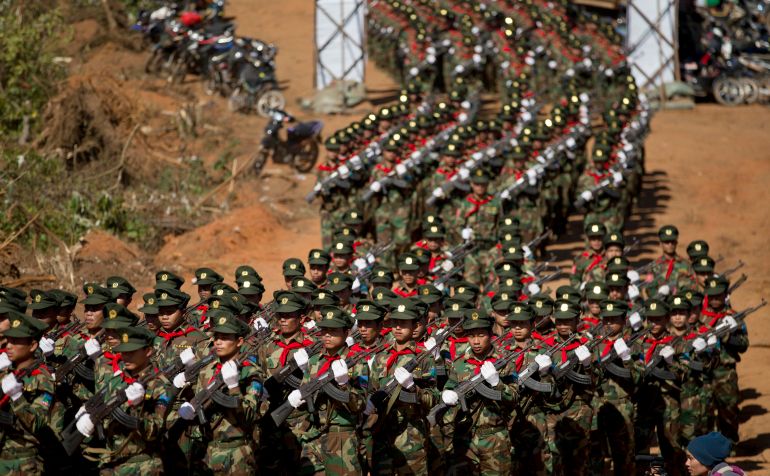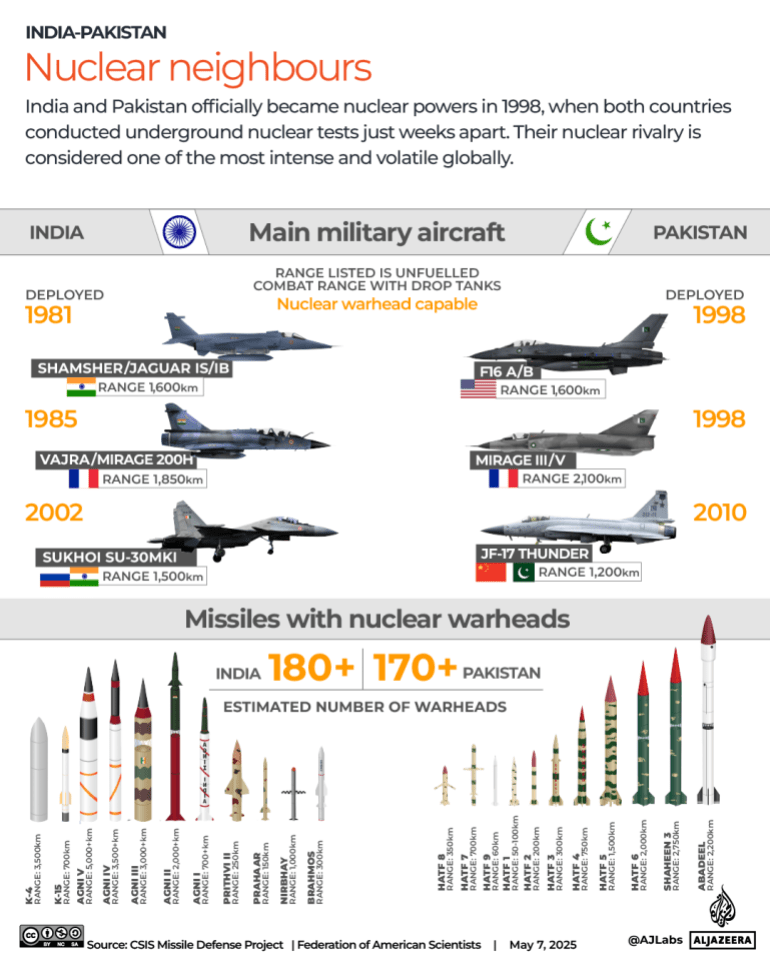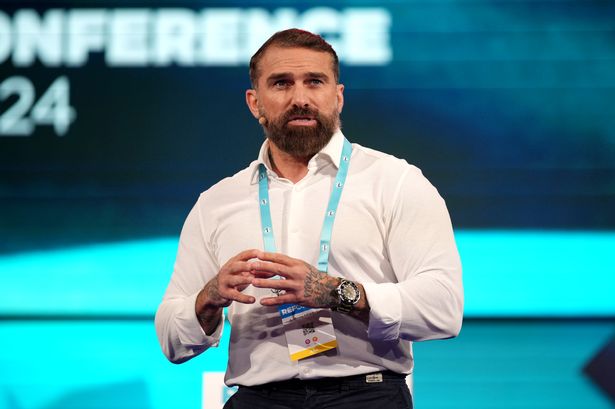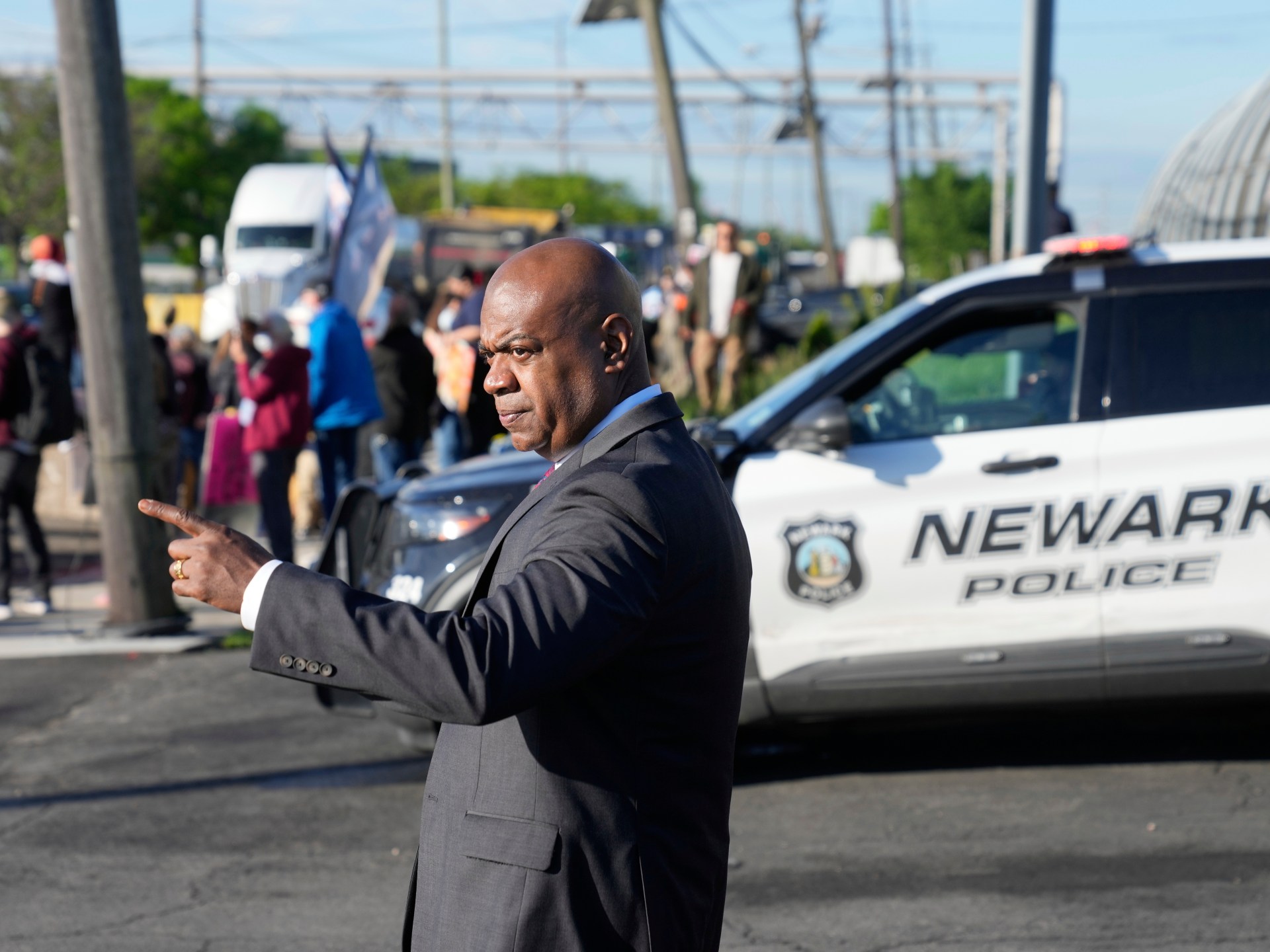 Getty Images
Getty ImagesRohit Sharma’s abrupt retirement from Test cricket has jolted Indian fans, leaving the team without its captain and most seasoned opener just weeks before a pivotal five-Test series starts in England.
India haven’t won a Test rubber in England since 2007. To lose their captain and most experienced opening batter will compel a rethink of selection strategy for the tour.
A charismatic leader and dashing batter, Sharma is widely regarded as a modern day great.
His stats in Test cricket – 4,301 runs in 67 matches at an average of 40.57 are not imposing.
But the aplomb and authority, tactical acumen and lead-from-the-front derring-do which he has displayed has won him admiration and respect all over the cricket world.
Sharma’s decision to retire from Test cricket, announced via a subdued Instagram post, has sparked widespread speculation. While various factors may have influenced his choice, his prolonged slump in Test form appears to be the primary catalyst.
In his last six Tests – three against New Zealand at home, three against Australia Down Under – Sharma’s form was woeful. In 10 innings in these matches, he could muster a paltry 122 runs.
 Getty Images
Getty ImagesSince then, India won the ODI Champions Trophy in which Sharma’s form was impressive.
The first few weeks of the ongoing IPL were disappointing but Sharma rediscovered his touch, playing important knocks to put his team Mumbai Indians strongly in the running for a place in the knockouts. But success in white-ball cricket is not necessarily an index to similar form being replicated in red-ball cricket.
Sharma is 38. His recent Test form has been ungratifying. The next World Test Championship cycle would take two years to complete. Did he have the physical wherewithal, the mental bandwidth, motivation and mojo to continue playing Test cricket? Questions he likely asked himself before calling it quits.
Sharma was the first among a clutch of talented batters emerging from the Under-19 pipeline in the first decade of this century.
The others were Shikhar Dhawan, Virat Kohli, Cheteshwar Pujara and Ajinkya Rahane. These four were to take over the mantle of India’s batting responsibility from Sachin Tendulkar, Rahul Dravid, VVS Laxman, Saurav Ganguly and Virender Sehwag.
Ironically, while Sharma got the India cap first, in an ODI against Ireland in 2007, he was the last among this quartet to play Test cricket.
 AFP
AFPOn debut at the Eden Gardens, Sharma made 177. In Tendulkar’s swan song next match at the Wankhede, he made 111. These centuries were obscured by the overflowing of sentiment for Tendulkar, but Sharma’s sublime skills, which often raised batsmanship to an art form, was not lost on experts.
Ravi Shastri, who was to have a huge influence on his Test career later by making him opener, likened him to a “Swiss Watch” for the precision timing in his strokeplay. Dilip Vengsarkar, former India captain who spotted him for India, highlights his ability to play late which helps in judging length of the ball quicker and better and also enables improvisation.
The style and finesse which made the likes of VVS Laxman and Mark Waugh so wonderful to watch were manifest in Sharma’s batting from his earliest days as Test player.
Weaned on the “Bombay School” of batting which boasts exemplars of orthodox technique like Sunil Gavaskar and Sachin Tendulkar, Sharma’s batting carries that strain.
But growing up in a post-modern milieu when risk-taking has become fundamental to batting in every format, Sharma shifted into higher gears far quicker, often from the start in Tests too once he was secure of his place.
 Getty Images
Getty ImagesIt was not until 2019, when the then chief coach Ravi Shastri and captain Virat Kohli coaxed and cajoled him to open the innings that Sharma’s career in red-ball cricket bloomed.
By this time, he had smashed three ODI double centuries – apart from a spate of match-winning scores in T20 – establishing him as a Goliath in white-ball cricket.
When he became India captain in 2021, Sharma set his sights on bagging a hat-trick of ICC trophies, and recast the team’s playing strategy for each format accordingly.
A genial, fun-loving bearing, marked by endearing earthiness helped him bond with his players easily and strongly. But he was no lax or loose on the field. He was astute, perceptive, intuitive in reading match situations, and particularly good in handling bowlers.
 Getty Images
Getty ImagesUnder Sharma, India reached the World Test Championship final in 2023, only to lose to Australia.
In the ODI World Cup the same year, his blazing batting as opener, and his strategy of “total attack” in which the batsmen would go after runs unrelentingly, took India into to the final where their dreams were dashed by an inspired Australian side. Winning the T20 World Cup a few months later, was some recompense, but not complete redemption.
It is pertinent that Sharma, who quit T20 cricket after winning the World Cup last year, hasn’t retired from ODI cricket yet.
Not being part of an ODI World Cup winning team has been festering in him since 2011 when he was not selected in the squad under Dhoni that was to bring India glory after 28 years.
In an interview with podcaster Vimal Kumar released a few days back, he said that his desire to be part of an ODI World Cup winning team remains alive.
The next ODI World Cup is in 2027. Whether Sharma can sustain fitness and form over the two years will be followed with interest in the cricket world.












